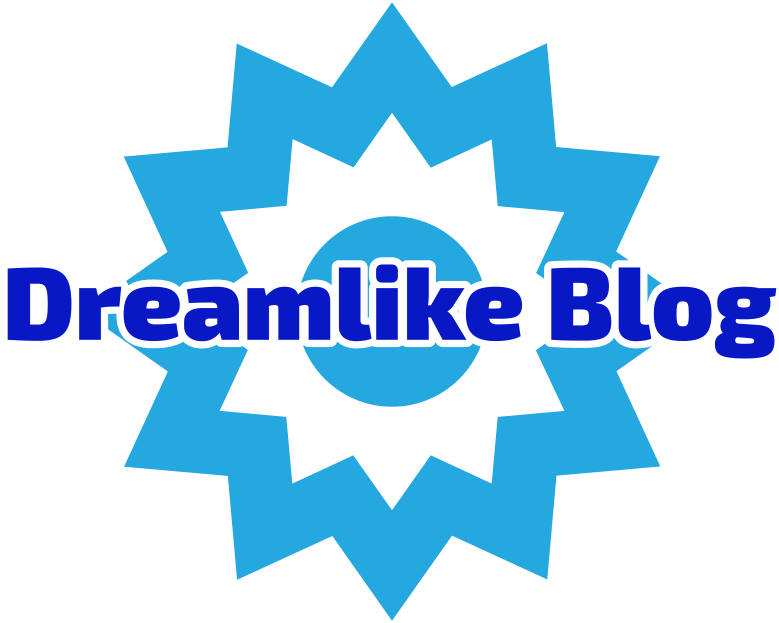Creating a home gym can be an exciting and rewarding endeavor, especially for beginners looking to establish a consistent fitness routine. However, with the plethora of equipment available on the market, it can be overwhelming to determine what to buy for a home gym. This guide will provide a comprehensive overview of essential equipment, tips for making informed purchases, and strategies for maximizing your home workout experience.
Understanding Your Fitness Goals
Before diving into the specifics of what to buy, it's crucial to identify your fitness goals. Are you looking to build strength, improve cardiovascular health, enhance flexibility, or a combination of these? Understanding your objectives will help you select the right equipment that aligns with your aspirations.
- Strength Training: If your goal is to build muscle and strength, consider investing in free weights, resistance bands, and a sturdy bench.
- Cardiovascular Fitness: For those aiming to improve heart health and endurance, cardio machines like treadmills, stationary bikes, or rowing machines are ideal.
- Flexibility and Mobility: Incorporating yoga mats, foam rollers, and stability balls can enhance your flexibility and recovery.
Essential Equipment for Beginners
- Dumbbells
Dumbbells are versatile and can be used for a wide range of exercises targeting various muscle groups. For beginners, a set of adjustable dumbbells is a smart investment, as they allow you to increase weight as you progress without taking up too much space.
- Resistance Bands
Resistance bands are an excellent addition for strength training and rehabilitation. They are portable, affordable, and can be used to perform a variety of exercises that target different muscle groups. Look for a set that includes bands of varying resistance levels to accommodate your strength progression.
- Yoga Mat
A high-quality yoga mat is essential for floor exercises, stretching, and yoga routines. It provides cushioning and stability, making it easier to perform movements safely and effectively. Choose a mat that is non-slip and easy to clean.
- Kettlebell
Kettlebells are another versatile tool that can enhance your strength training routine. They can be used for dynamic movements that engage multiple muscle groups, improving both strength and cardiovascular fitness. Start with a lighter weight to master your form before progressing to heavier kettlebells.
- Cardio Equipment
Depending on your space and budget, consider investing in one piece of cardio equipment. Options include:
- Treadmill: Great for walking or running indoors, allowing you to control your pace and incline.
- Stationary Bike: Ideal for low-impact cardio workouts, perfect for those with joint concerns.
- Jump Rope: An inexpensive and effective tool for improving cardiovascular fitness and coordination.
- Stability Ball
A stability ball can enhance core strength and stability. It can be used for various exercises, including planks, wall squats, and even as a bench for weightlifting. Ensure you choose the right size based on your height for optimal effectiveness.
Creating a Functional Space
Once you've selected your equipment, it's essential to create a functional workout space. Here are some tips:
- Designate an Area: Choose a specific area in your home that is free from distractions and has enough space for your workouts.
- Organize Your Equipment: Use storage solutions like shelves or bins to keep your equipment organized and easily accessible.
- Consider Flooring: If possible, invest in rubber flooring or mats to protect your floors and provide cushioning during workouts.
Tips for Maximizing Your Home Gym Experience
- Establish a Routine: Consistency is key to achieving your fitness goals. Set a regular workout schedule that fits your lifestyle.
- Utilize Online Resources: Take advantage of online workout videos, apps, and fitness communities to stay motivated and learn new exercises.
- Track Your Progress: Keep a journal or use fitness apps to track your workouts, progress, and achievements. This will help you stay accountable and motivated.
- Stay Flexible: As you progress, be open to adjusting your routine and equipment. Consider adding new tools or classes to keep your workouts fresh and engaging.
Conclusion
Investing in a home gym as a beginner doesn't have to be overwhelming. By understanding your fitness goals and selecting essential equipment that aligns with those objectives, you can create a functional and effective workout space. Remember to stay consistent, utilize available resources, and track your progress to ensure a successful fitness journey. With the right mindset and equipment, your home gym can become a sanctuary for health and wellness, empowering you to achieve your fitness aspirations.
